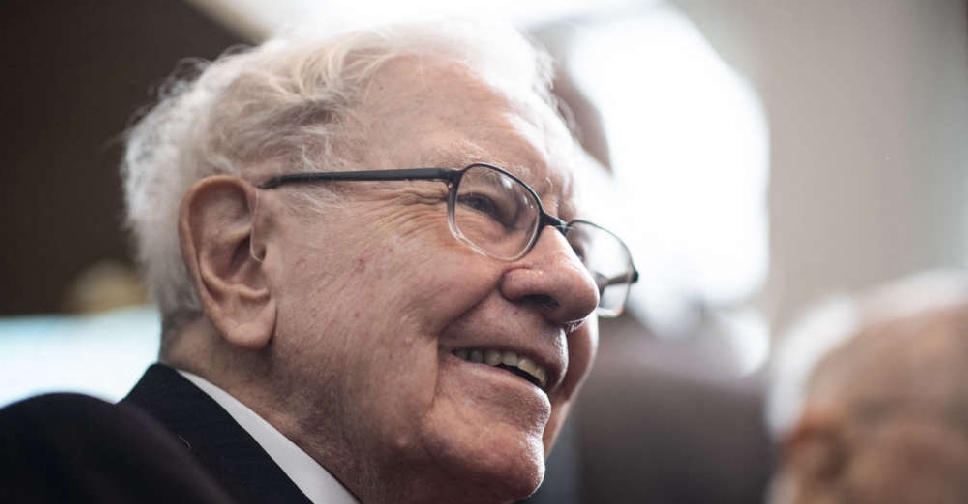
Oil bulls distressed that last week’s rally fizzled can find some comfort in forecasts for a bigger and longer rebound by the end of the year. Analysts are projecting prices will climb more than $15 by the end of 2016. New York crude will reach $46 a barrel during the fourth quarter, while Brent in London will trade at $48 in the same period, the median of 17 estimates compiled by Bloomberg this year show. A global surplus that fueled oil’s decline to a 12-year low will shift to deficit as US shale output falls, according to Goldman Sachs Group Inc. U.S. production will drop by 620,000 barrels a day, or about 7%, from the first quarter to the fourth, according to the Energy Information Administration. Meanwhile, the International Energy Agency forecasts total non-OPEC supply will fall by 600,000 barrels a day this year. That may pave the way for a rebound as lower prices have stimulated global demand. Oil is the “trade of the year,” according Citigroup Inc., which is among banks from UBS Group AG to Societe Generale SA that predict a gain in the second half. “U.S. shale should take the hit, that’s where you will see cuts and supply should start to taper off,” Daniel Ang, an investment analyst at Phillip Futures, said by phone from Singapore. “On top of that, there are bullish demand forecasts for the second half.” West Texas Intermediate and Brent both closed at the lowest level since 2003 on Jan. 20. New York futures for March delivery closed at $29.88 a barrel on Tuesday and would need to gain 54% to reach the median estimate of $46 a barrel. The London contract for April delivery closed at $32.72 and needs a 47% boost to hit $48. The median price outlook was taken from estimates provided this year by 17 analysts who gave forecasts for both oil grades. Shrinking Output The oil price rout will shut sufficient production to erode the global glut and crude will turn into a new bull market before the year is out, analysts including Goldman Sachs’ Jeff Currie said in a Jan. 15 report. U.S. production hit a record high of 9.61 million barrels a day in June, according to weekly data from the EIA, and is forecast to average 9.11 million barrels a day in the first three months of the year. It may fall to average 8.49 million barrels a day during the fourth quarter, according to the agency. “We’ll see higher oil prices” with “supply and demand tightening in the second half of the year,” Bob Dudley, chief executive officer of BP Plc, said in a Bloomberg Television interview Tuesday. The market will remain “tough and choppy” in the first half as it contends with a surplus of 1 million barrels a day, he said. ‘Drown in Oversupply’ A worldwide oversupply contributed to a 30% slump in WTI and 35% decline in Brent last year. U.S. crude supplies have swelled to a record and the Organization of Petroleum Exporting Countries have effectively abandoned outputtargets as they seek to defend market share. “We need to see supply giving up and I think that all falls to the U.S.,” Dominic Schnider, the head of commodities and Asia-Pacific foreign exchange at UBS’s wealth-management unit in Hong Kong, said Friday in a Bloomberg Television interview. Schnider at the beginning of this year correctly predicted Brent would drop near $30 a barrel. “We’re still oversupplied.” The Paris-based bank projects WTI will average $38 a barrel in the fourth-quarter, the lowest of 17 estimates compiled by Bloomberg. And while the IEA sees supply outside OPEC sliding, it warned last month that “the oil market could drown in oversupply.” Into Balance There are signs supply and demand will start to come back into balance this year, OPEC Secretary-General Abdalla El-Badri said Jan. 25 at a conference in London. Global demand is forecast to increase by about 1.3 million barrels a day while supply from outside the producer group is expected to contract by about 660,000 a day, he said. Iraq, the second-biggest producer in OPEC, and Pierre Andurand, the founder of the $615 million Andurand Capital Management, predict oil may rise to $50 a barrel, while the United Arab Emirates sees the glut shrinking. While prices continue to fluctuate, buy the December 2016 WTI contract below $40 a barrel because prices are forecast to average $48 by the end of the year, according to Mark Keenan, the head of commodities research for Asia at Societe Generale in Singapore. There may be “meaningful signs” of shale production balancing in the second half, Keenan predicts. “The combination of continued demand growth and falling U.S. production will eventually help create a floor in the market from where it will be able to rally back towards the $40 to $50 range by year-end,” Ole Hansen, head of commodity strategy at Saxo Bank A/S, said by e-mail. By Ben Sharples/Bloomberg


 Latest innovations highlighted at Dubai FinTech Summit
Latest innovations highlighted at Dubai FinTech Summit
 Qantas to pay AED 290 million to settle flight cancellation case
Qantas to pay AED 290 million to settle flight cancellation case
 Warren Buffett's Berkshire Hathaway posts record operating profit
Warren Buffett's Berkshire Hathaway posts record operating profit
 UAE, Uzbekistan sign digital infrastructure deal
UAE, Uzbekistan sign digital infrastructure deal



